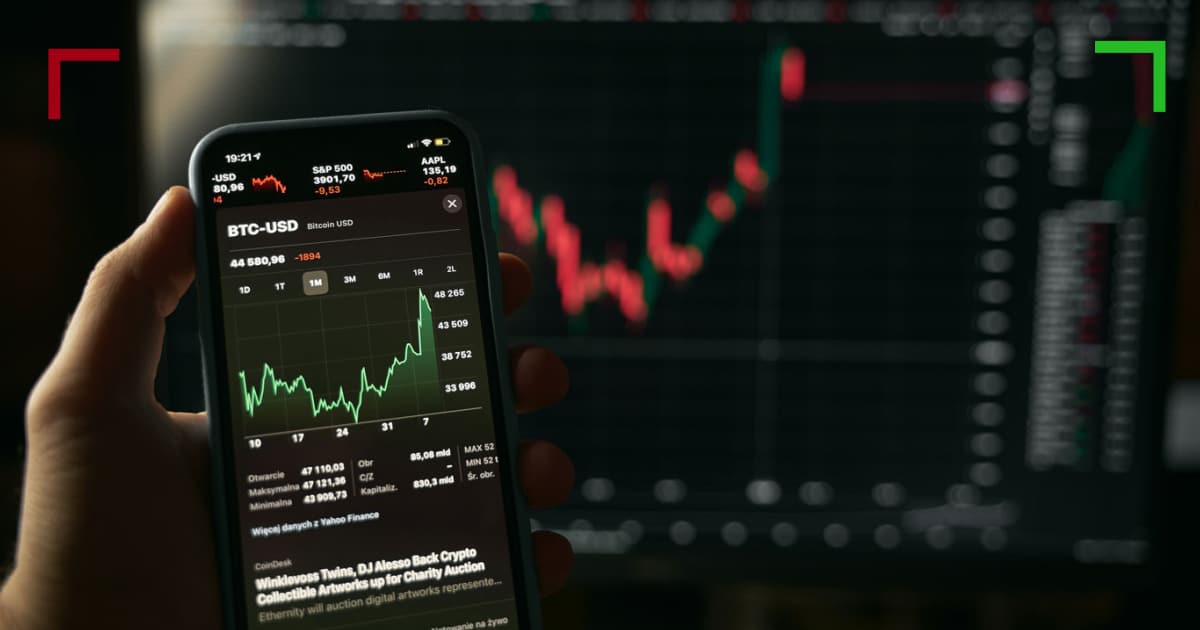
Mastering Crypto Trading Charts: Your Comprehensive Guide
Understanding how to read and utilize Crypto Trading Charts is a fundamental skill for any trader wishing to succeed in the volatile world of cryptocurrencies. With the rise of digital currencies, the need for effective trading strategies has never been greater. For more insights and resources, Crypto Trading Charts visit website that can help you deepen your understanding.
What Are Crypto Trading Charts?
Crypto trading charts are graphical representations of market activity for various cryptocurrencies. They show price movements over time and can include additional analytics related to trading volume, market capitalization, trends, and indicators used by traders. Understanding these charts is essential for making educated decisions regarding buying or selling assets.
Types of Crypto Trading Charts
There are several types of charts used in crypto trading:
- Line Charts: The simplest type of chart, which connects closing prices over a specific period. It gives a quick visual representation of price trends.
- Candlestick Charts: These charts provide more information than line charts. Each ‘candlestick’ indicates the open, high, low, and close prices for a specific time frame, offering deeper insight into market behavior.
- Bar Charts: Similar to candlestick charts, but use vertical bars to show the open, high, low, and close prices. This form of chart also helps identify market trends and potential reversals.
Understanding Chart Patterns
Traders often analyze chart patterns to forecast future price movements. Some well-known patterns include:
- Head and Shoulders: This pattern indicates a reversal and can signal a potential trend change from bullish to bearish or vice versa.
- Triangles: Ascending, descending, and symmetrical triangles indicate consolidation periods and can signal continuation or reversal depending on the breakout direction.
- Double Tops and Bottoms: A double top pattern suggests a bearish reversal, while a double bottom indicates a bullish reversal.
Trend Analysis
Identifying trends is critical in trading. There are three types of market trends:

- Uptrend: Characterized by higher highs and higher lows. An uptrend signifies growing strength in a specific cryptocurrency.
- Downtrend: Marked by lower highs and lower lows, indicating a weakening asset.
- Sideways Trend: Occurs when prices move within a horizontal range, indicating slight market indecision.
Technical Indicators on Crypto Trading Charts
Technical analysis relies heavily on indicators that assist traders in making data-driven decisions. Some common indicators include:
- Moving Averages: These smooth out price data to identify trends over time. The most commonly used are the Simple Moving Average (SMA) and Exponential Moving Average (EMA).
- Relative Strength Index (RSI): A momentum oscillator that measures the speed and change of price movements, indicating overbought or oversold conditions.
- Bollinger Bands: A volatility indicator that indicates the relative high or low of an asset’s price in relation to previous trades.
The Importance of Volume in Trading
Volume measures how much of a given asset was traded during a specific timeframe. High volume often correlates with increased interest, while low volume may indicate a lack of interest or market indecision. Traders frequently analyze volume in conjunction with price to confirm trends and patterns.
Practice Makes Perfect
Gaining familiarity with crypto trading charts requires practice. Using demo accounts or paper trading can help traders refine their strategies without risking real capital. As they become more adept at reading and interpreting charts, they can transition to live trading with greater confidence.
Common Mistakes to Avoid
As traders navigate crypto trading charts, they should be aware of common pitfalls:
- Overtrading: Continuously buying or selling based on minor market fluctuations can lead to significant losses.
- Lack of a Trading Plan: A concrete plan outlining goals, risk tolerance, and entry/exit strategies is crucial for success.
- Ignoring News Events: Major news can influence market volatility and should be considered alongside technical analysis.
Conclusion
In the ever-evolving landscape of cryptocurrency, mastering crypto trading charts is an invaluable tool for any trader. Charts not only provide insights into market movements but also equip traders with the necessary skills to make informed decisions. By understanding different chart types, patterns, and indicators, as well as being mindful of the market environment, traders can enhance their strategies and increase their chances of success in the crypto market.
